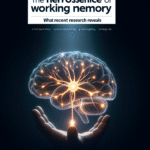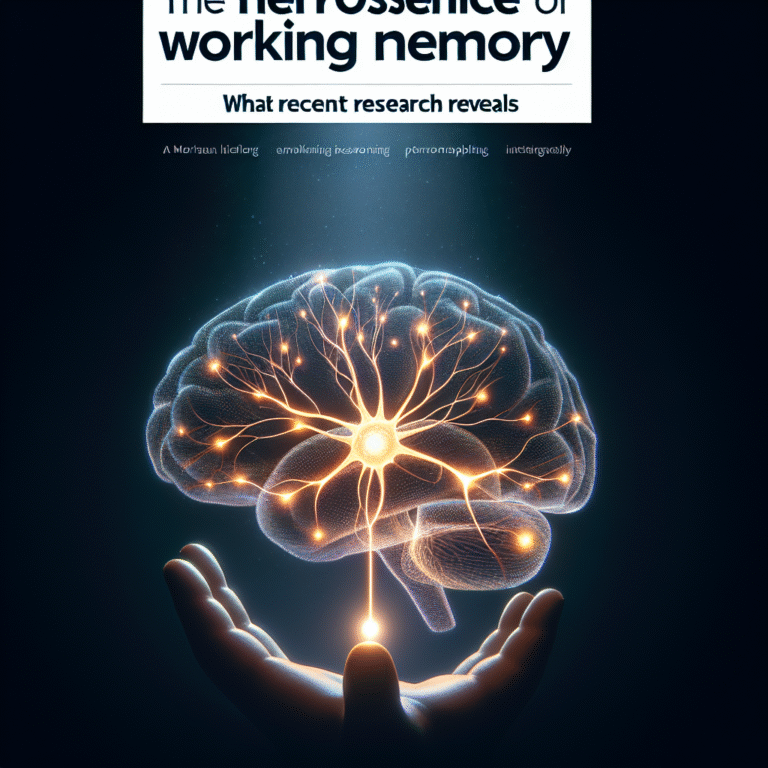
Introduction
Imagine waking up one day and seeing the world through an entirely different lens. What if everything you had believed about your life, your relationships, and your career was suddenly viewed from a fresh perspective? The truth is, the way we perceive our reality shapes our experiences, choices, and ultimately, our lives. In this article, we explore the concept of perception shifts and how they can powerfully transform our understanding of reality. From reframing challenges as opportunities to embracing a growth mindset, join us as we dive into "From One Lens to Another: How Perception Shifts Transform Our Reality" and discover how altering your viewpoint can lead to unimaginable possibilities.
Understanding Perception
What Is Perception?
Perception is the process through which we interpret our sensory experiences. It acts as a lens through which we view the world, influencing our thoughts, emotions, and actions. Perception encompasses not only what we see but also how we interpret those visuals based on our background, beliefs, and past experiences. Therefore, it varies greatly among individuals, contributing to diverse perspectives on life.
Why Perception Matters
Perception plays an essential role in shaping our reality. According to recent studies in psychology, individuals who maintain a positive outlook are more likely to experience higher levels of satisfaction and success. When we reshape our mental frameworks and examine our beliefs, we find opportunities for growth that might otherwise be unseen. In essence, perception is a powerful tool for transformation, making the journey "From One Lens to Another" vital for personal development.
The Science Behind Perception Shifts
Cognitive Psychology and Perception
Cognitive psychology examines how our thought processes shape our perceptions. It introduces the concept of cognitive reframing, a technique that helps individuals redefine their interpretation of situations. This principle underlies the idea of shifting perception; when we alter our frames of reference, we often change our emotional responses and behavior, revealing new possibilities for action.
Brain Plasticity: Understanding Change
Neuroscientific research indicates that our brains are malleable and can adapt based on our thoughts and experiences. This brain plasticity allows us to develop new patterns of thinking and change how we interpret reality. When we consciously decide to shift our perception, we enable our brain to form new neural pathways that can redefine our experiences.
Case Studies Illustrating Perception Shifts
Case Study 1: The Professional Environment
Scenario
In a high-pressure corporate setting, employees often experience stress due to demanding goals. For instance, Sarah, a project manager, felt overwhelmed by tight deadlines and constant feedback from her superiors. Frustration clouded her ability to lead effectively.
Perception Shift
When Sarah began viewing challenges as opportunities for growth, her entire approach transformed. She reframed deadlines as benchmarks to motivate her team instead of restrictions. This shift not only improved her leadership skills but also led her team to greater productivity and morale.
Analysis
This case illustrates that shifting perception in high-stress environments leads to enhanced performance and teamwork. By recognizing challenges as growth opportunities, individuals can foster a positive workplace culture.
Case Study 2: Personal Relationships
Scenario
David and Lucy often found themselves in disagreements over trivial matters. David perceived these conflicts as personal attacks, which led to resentment and distance in their relationship.
Perception Shift
Through couples’ therapy, David learned to interpret Lucy’s statements as expressions of her feelings rather than criticisms. As he shifted his perception, he became more empathetic towards her perspective, significantly improving their communication.
Analysis
This case emphasizes how perception shifts can heal personal relationships. By understanding differing viewpoints, conflicts can be transformed into opportunities for growth and connection.
Case Study 3: Overcoming Obstacles
Scenario
James was an aspiring writer who faced numerous rejections from publishers. Frustrated, he perceived these failures as indicators of his inability to succeed.
Perception Shift
After attending a writing workshop, James was encouraged to view rejections as steps toward improvement. Embracing feedback and revising his work led him to publish a successful novel.
Analysis
This example illustrates how perception impacts resilience. By seeing setbacks as learning experiences rather than failures, individuals can cultivate perseverance and ultimately achieve their goals.
Techniques for Shifting Your Perception
1. Practice Mindfulness
Mindfulness encourages individuals to remain present, helping them detach from negative narratives they may have about experiences. Research shows that regular practice can enhance emotional regulation, allowing for more mindful responses to challenges.
2. Embrace a Growth Mindset
Cultivating a growth mindset can significantly impact how you perceive challenges and setbacks. According to psychologist Carol Dweck, thinking of intelligence and talent as attributes that can be developed leads to resilience in the face of obstacles.
3. Seek Different Perspectives
Engaging with diverse viewpoints can broaden your understanding and encourage empathy. Before forming an opinion, challenge yourself to comprehend alternative viewpoints, which can lead to a more nuanced perception of reality.
4. Reframe Negative Experiences
Whenever you encounter a setback, pause and identify any positive outcomes or lessons learned from the experience. This practice can gradually reprogram your mind to approach life with optimism.
5. Surround Yourself with Positive Influences
The people you spend time with can impact your perception. Seek connections with those who inspire and uplift you, as their positive outlook can be contagious.
The Impact of Perception Shifts on Reality
Personal Impact
Shifting your perception allows for a greater sense of agency over your life. When you believe in the power to change your interpretation of events, you become more resilient, adapting better to challenges. This creates an upward cycle of positivity and growth.
Social Impact
On a broader scale, collective perception shifts among communities can foster societal change. Initiatives that challenge stereotypes and promote inclusivity can transform social norms and lead to more harmonious living environments.
Economic Impact
Finally, businesses that encourage a growth-oriented mindset among employees often experience higher levels of innovation and productivity. By investing in employee development and reframing challenges, organizations can thrive in competitive markets.
Conclusion
The journey "From One Lens to Another: How Perception Shifts Transform Our Reality" illustrates that we possess the power to change our lives simply by altering our perspective. As we have explored, modifying perception can lead to profound transformations in our personal and professional lives, enhancing our relationships, resilience, and overall satisfaction.
As you move forward, consider the lenses through which you view your world. What challenges can you reframe as opportunities? How can you uphold a positive mindset in adversity? The answers lie in your willingness to embrace perception shifts and recognize their potential to shape your reality. By nurturing this practice, you can embark on a transformative journey towards personal empowerment and fulfillment.
FAQs Section
1. What are some practical steps to start shifting my perception?
Start with mindfulness meditation, engage in positive self-talk, and challenge your negative assumptions. Additionally, you can read books and articles focusing on personal development to gain new insights.
2. How can perception shifts improve my relationships?
By practicing empathy and understanding, you can better interpret your partner’s intentions, fostering healthier communication and reducing conflicts.
3. Is it possible to change deeply ingrained beliefs about myself?
Yes, while it may take time and effort, consciously recognizing and challenging these beliefs can lead to significant changes. Cognitive behavioral therapy (CBT) is one effective method for this transformation.
4. What role does self-awareness play in perception shifts?
Self-awareness is crucial as it allows you to recognize your thought patterns and behaviors. Understanding these internal cues can facilitate effective changes in perception.
5. Can organizations benefit from employees shifting their perceptions?
Absolutely! Organizations that encourage employees to adopt a growth mindset and view challenges as opportunities typically see improved morale, collaboration, and innovation.
In conclusion, shifting your perception can transform your reality in remarkable ways. As you explore this concept further, remember that the lens through which you view the world holds the key to unlocking your fullest potential. Engage with others, seek to understand differing perspectives, and embrace the power of perception changes to illuminate your life’s journey.
















